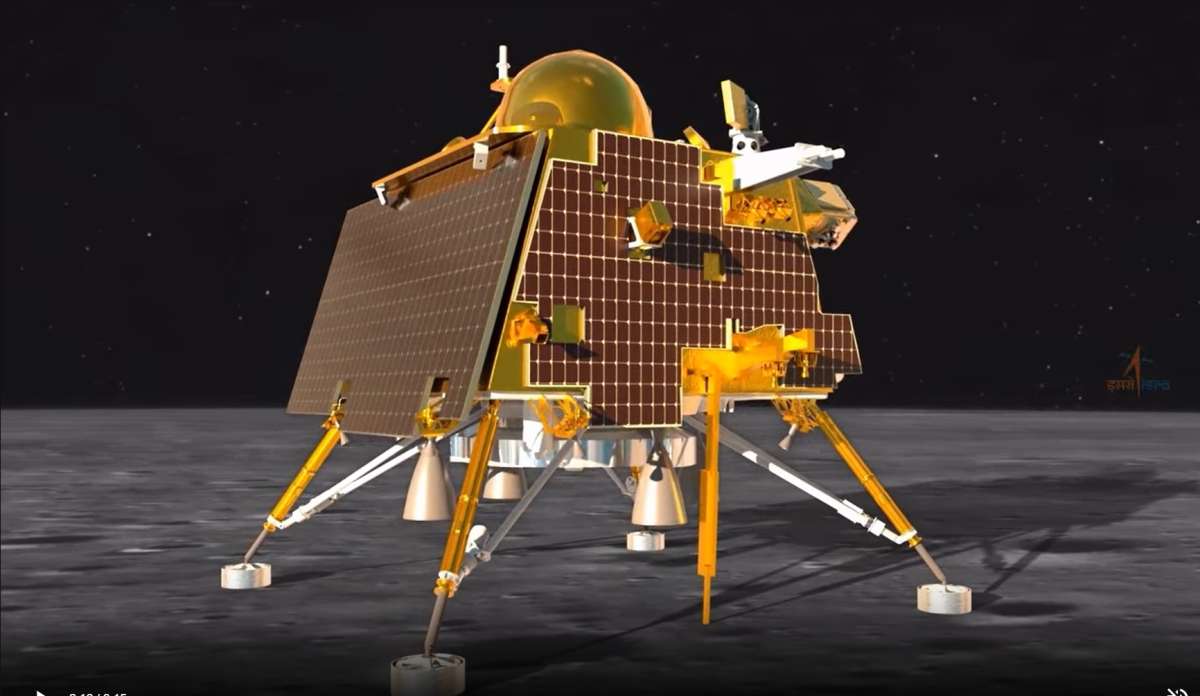
On August 23, India’s Chandrayaan-3 moon mission made history by successfully landing on the moon’s South Pole. Following this, India became the fourth nation to land on the lunar surface, following Russia (Soviet Union), the United States, and China, and the first to soft land on the moon’s south pole. Indian Prime Minister Narendra Modi commended India and the globe on this accomplishment, calling it a gift to humanity and science. The atmosphere at the Indian Space Research Organization (ISRO) was electric. ISRO chief S Somanth dedicated this historic achievement to India’s space agency’s entire scientific community.
“Chandrayaan-3 ROVER: Made in India, Made for the MOON!”
On August 24, Chandrayaan-3’s Pragyan rover successfully ramped down from the Vikram lander. ISRO shared the mission update on X (formerly Twitter), “Chandrayaan-3 ROVER: Made in India, Made for the MOON! The Ch-3 Rover ramped down from the Lander and India took a walk on the moon! More updates soon.” The Pragyan rover will now conduct a series of experiments on the moon’s surface. The rover will transmit data to the lander, which will transmit it to Earth.
Pragyan will analyze the lunar soil and rocks as well as the chemical makeup of the lunar surface. It will measure the density of ions and electrons as well as the thermal properties of the lunar surface near the poles. No other country has ever traveled to the moon’s south pole, therefore this will be the first of this type of investigation.
The mission objectives of Chandrayaan-3 are:
- To demonstrate a safe and soft landing on the lunar surface
- To have the rover moving on the moon
- To conduct in-situ scientific experiments
Two of the mission’s objectives have already been met. The rover will spend one lunar day, or 14 Earth days, on the lunar surface. What happens after 14 days, though?
While Vikram and Pragyan’s mission is scheduled to last one lunar day (14 days on Earth), there is a chance that they will live longer. ISRO planned for its lander and rover to use solar power to charge its onboard batteries, but this would only be possible during the lunar day. After the lunar day, the lunar night lasts 14 days, during which temperatures plummet to well below -150 C. If the lander and rover survive the lunar night (14.75 earth days), they may be able to be resurrected when the lunar day breaks and solar power is available, according to numerous ISRO officials.
